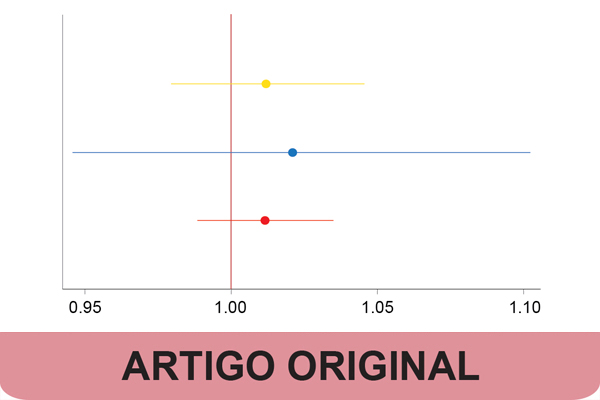SOCIAL MEDIA
Portuguese Medical Association's Scientific Journal

Introduction: Exposure to ambient air pollution may play a role in the onset of common mental disorders like depressive and anxiety disorders. The association of long-term exposure to particles smaller than 10 μm (PM10) with these diseases remains unclear. This study aimed to estimate the association of long-term exposure to PM10 with mental well-being and the frequency of probable diagnosis of common mental disorders.
Methods: A nationally representative cross-sectional study was done in mainland Portugal. Long-term exposure was estimated through one-year average concentrations of PM10, calculated with data from the Portuguese Environment Agency, attributed individually considering individuals’ postal codes of residence. The mental well-being and the probable diagnosis of common mental disorders were ascertained through the five-item Mental Health Inventory scale. Linear and Robust Poisson regression models were computed to estimate change percentages, prevalence ratios (PR), and their 95% confidence intervals (95% CI).
Results: The median (interquartile range) concentration of PM10 was 18.6 (15.3 - 19.3) μg/m3. The mental well-being score was 72 (56 - 84) points, on a scale from 0 to 100. A probable diagnosis of common mental disorders was found in 22.7% (95% CI: 20.0 to 25.6). Long-term exposure to PM10 was associated with a non-statistically significant decrease in the mental well-being score [for each 10 μg/m³ increment in one-year average PM10 concentrations, there was a 2% (95% CI: -8 to 4) decrease], and with a non-statistically significant increase in the common mental health frequency (PR = 1.012, 95% CI: 0.979 to 1.045).
Conclusion: We did not find statistically significant associations between long-term exposure to PM10 and mental well-being or the frequency of probable diagnosis of common mental disorders. These results may be explained by the reduced variability in the exposure values, given the geographical distribution and functioning of the network of air quality monitoring stations. This study contributes with evidence for low levels of air pollutants, being one of the first to adjust for individual and aggregate-level variables. Moreover, to the best of our knowledge, this was the first nationally representative, population-based study conducted on the Portuguese population using real-life data. Maintaining a robust and nationwide air quality monitoring network is essential for obtaining quality exposure data.